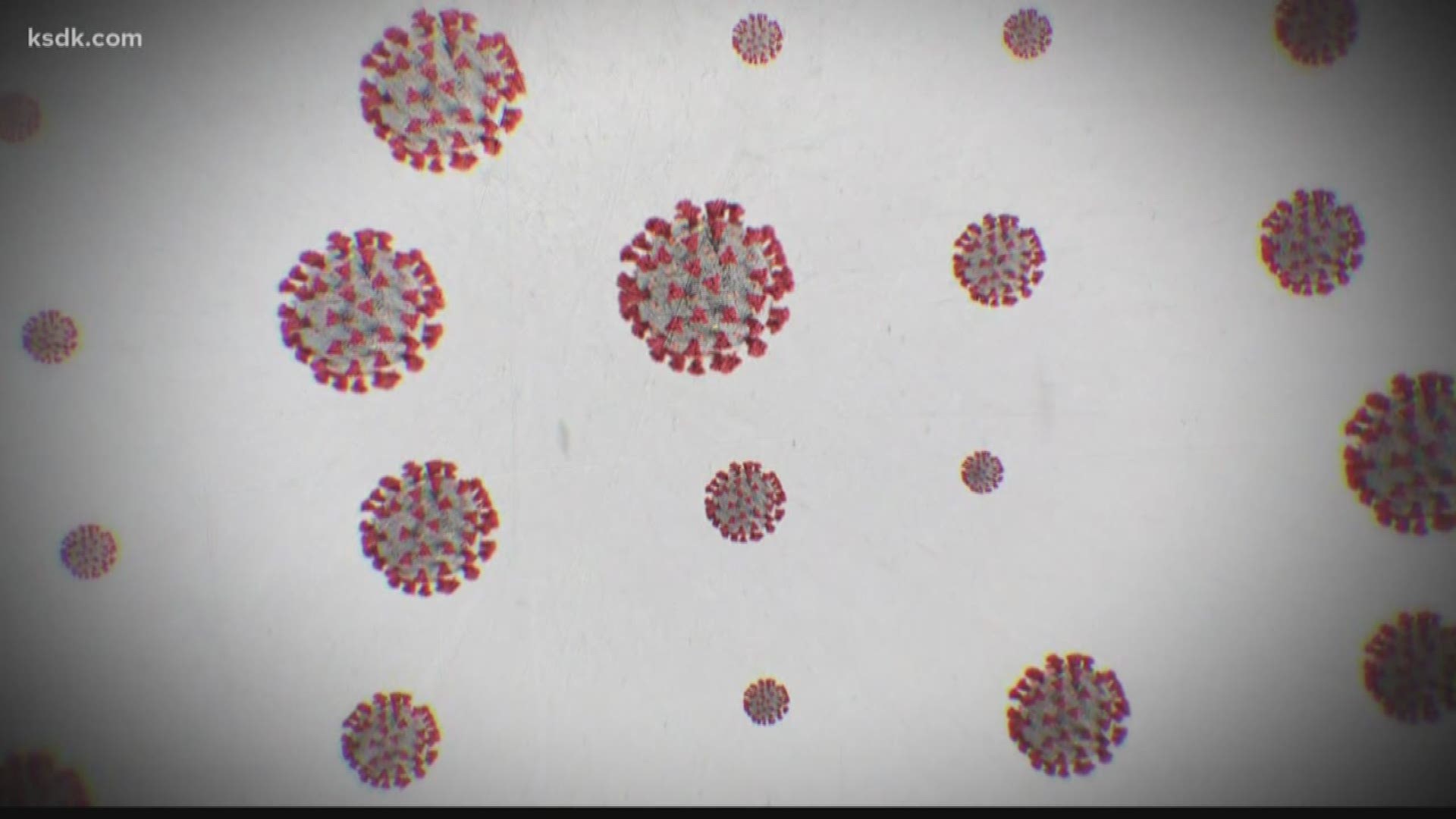ST. LOUIS — A St. Louis County woman is being quarantined at home after becoming the first person in Missouri to test positive for COVID-19.
The 20-year-old, along with her family, are complying with a request to stay inside.
People who've been exposed to someone with COVID-19 are being asked to quarantine themselves for at least 14 days.
A lot of 5 On Your Side viewers have been asking exactly how that process would work. We spoke to an infectious disease consultant who works at SSM Health St. Mary's Hospital.
"Quarantine means limiting that movement from one place to another," Alex Lacasse explained.
The CDC says you can either be put in isolation or quarantine.
Isolation separates sick people with a contagious disease from those who aren't. Quarantine restricts the movement of those who were exposed to a contagious disease to see if they become sick.
Both protect the public by preventing exposure.
"If you are in contact with someone who’s symptomatic or has traveled to an area where this disease is known to be a problem, your instructions are to self quarantine," St. Louis County Executive Dr. Sam Page said.
If you believe you're at risk, self-quarantine is recommended for this particular virus for 14 days.
"Within 14 days, it's a time when you first got infected to where the symptoms develop, that's the 14 days window. Most people when they are in contact with somebody that's infected is three to five days," Lacasse said.
If you happen to live with someone who has the virus, you should stay home, too.
"You should not be within 6 feet of them, you should not be in the same room. You should not share any day-to-day things like dishes, or wipe counter surfaces intensely," he added.
But what if you need to be in contact with that person? Use protection, such as masks and gloves.
If they need extra medical attention, the infected patient can't just leave the house without setting up a plan.
"Things have to be arranged. You have to wear protection, you just can't call a cab and go to the hospital. You call ahead," Lacasse explained.
If you decide to not quarantine, the law varies state by state, but for St. Louis County, Page said they can force you to stay home.
Page added that when they ask people to quarantine, they expect them to follow the rules.
He said the county is reviewing its quarantine policy, but county officials can go to court and get a court order law to force patients to remain home.
For more information about coronavirus, St. Louis County set up a hotline at 314-615-2660. You also can head over to its website here.


